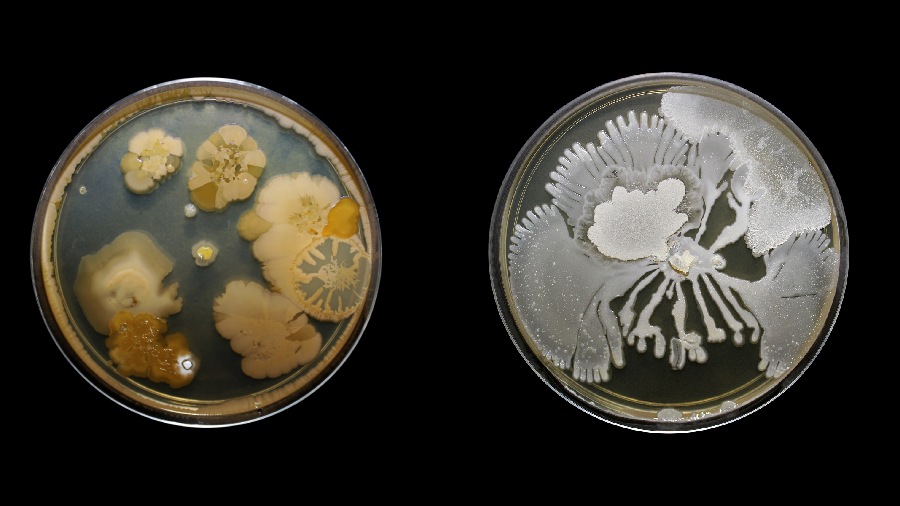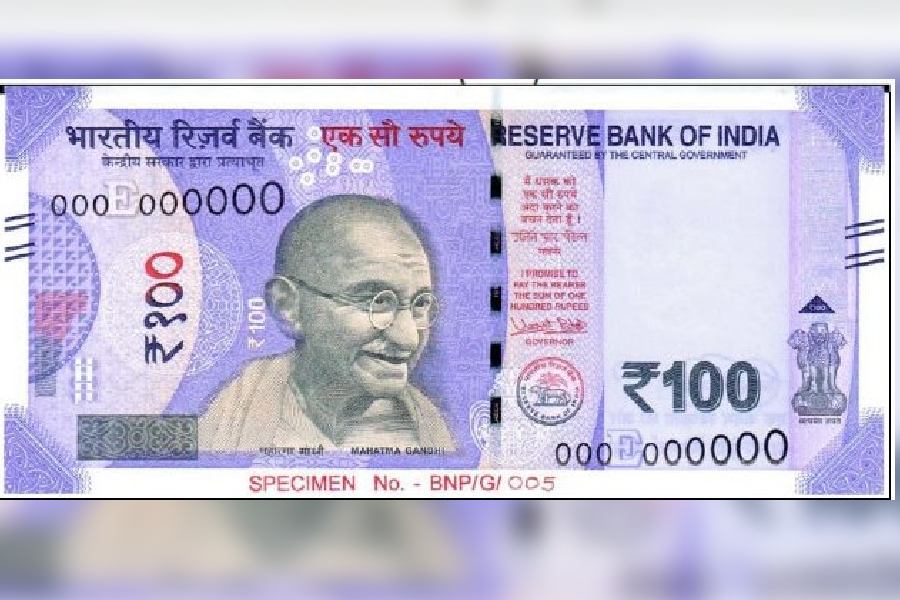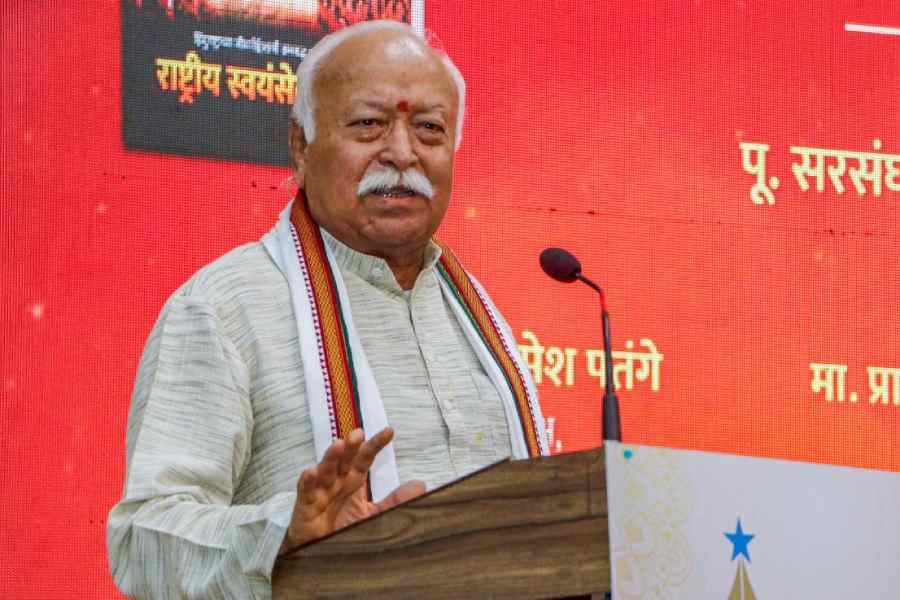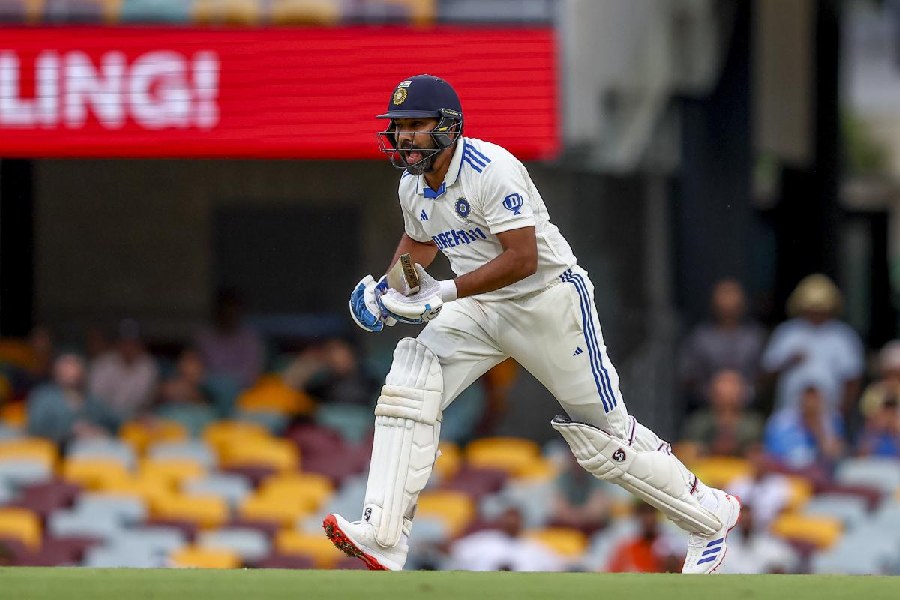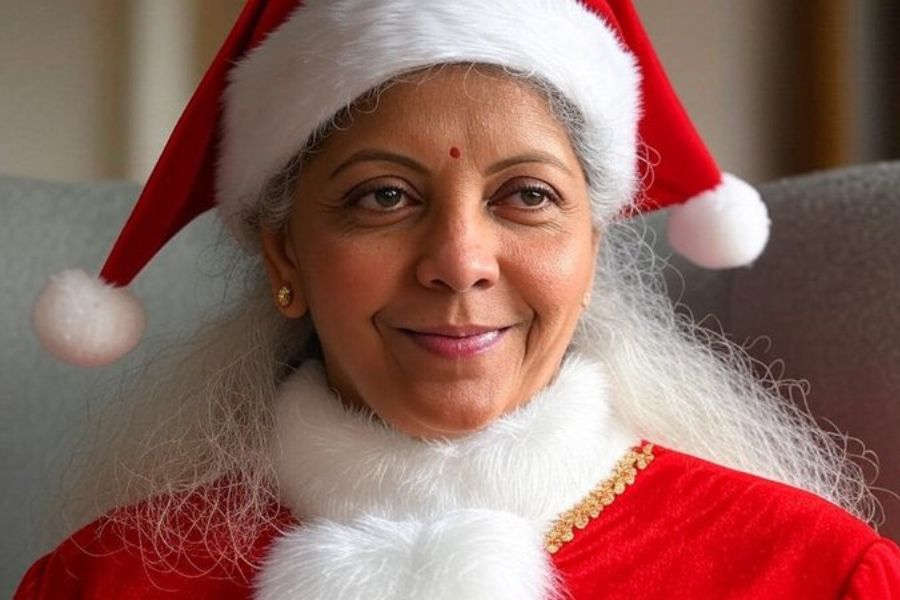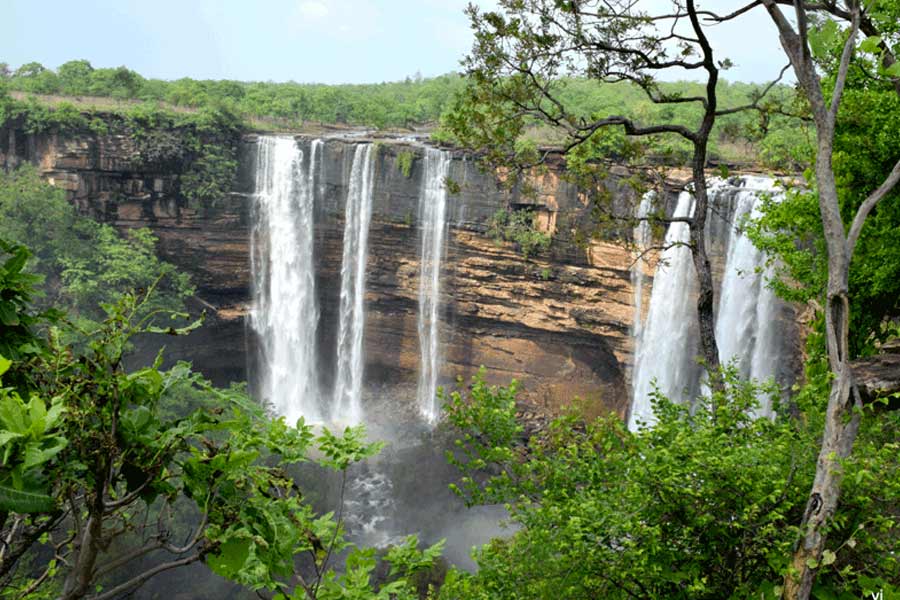The exciting travelling exhibition, Critical Zones: In Search of a Common Ground (February 16-April 2), organised by the ZKM: Center for Art and Media Karlsruhe and the Goethe-Institut/Max Mueller Bhavan at the Indian Museum, demonstrated how the collaboration between art and science achieves a synergy that boosts creativity. The exhibition, conceptualised by Peter Weibel and Bruno Latour (the Calcutta edition was curatorially adapted by Lena Reitschuster), hinged on the idea of Gaia — the earth as a living entity — suffering abuses at the hands of humans for aeons. Visitors were invited “to explore new modes of coexistence between all forms of life” in the handout. A host of artists from India and abroad participated in this multi-disciplinary, multi-media exhibition, which blurred the line between science and art.
This conglomeration of projects is meant to promote an unexpected dialogue with visitors as they enter the “critical zone” — the thin, fragile top layer of the earth that nurtures all forms of life. This crust is urgently in need of intensive care.
The exhibits included a cross-section of the earth’s crust, the Carbon Cycle — an animation showing the circulation of carbon molecules — a video documentary of how a river laboratory station charted the ‘rhythms’ of chemicals flowing in it — the impacts of chemicals originating from global industrial emissions and of acid rain on forests were measured at different stations. Artists set up a lab in a rainforest and recorded conversations of invited experts in the field to reflect on their research practice.
While we live off the soil, we also depend on goods derived from all over the world. The installation, Soil Affinities, showed how crops once grown in Paris suburbs now thrive in West Africa. Concern regarding the possible exploitation of indigenous communities for the sake of research was the stimulus of another installation. Sonia Mehra Chawla’s stunning archival prints show a mangrove’s microbial communities (pictures). The most fascinating was Maksud Ali Mondal’s ‘living’ installation.

